By Tracey Rowland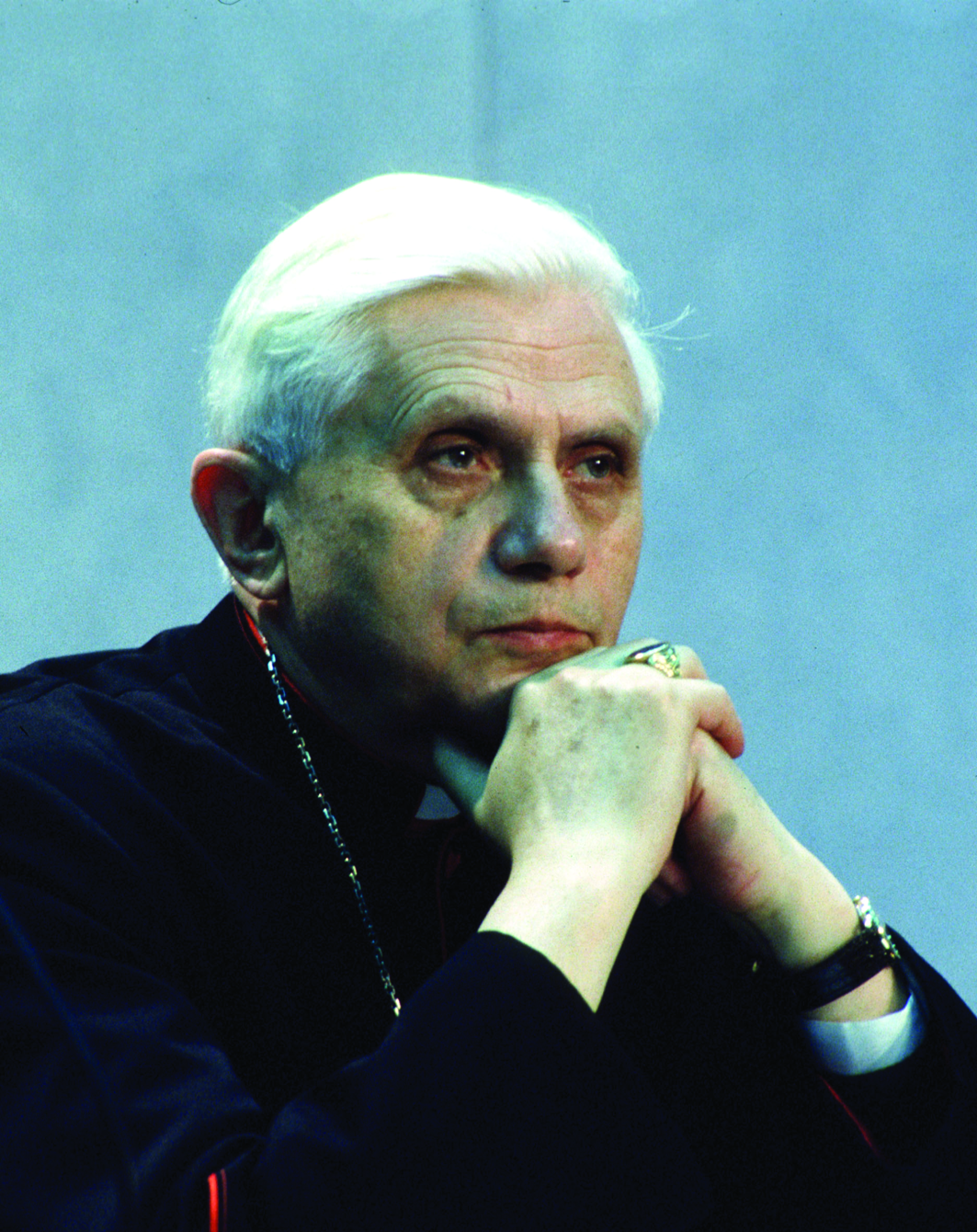
When in 1946 Joseph Ratzinger entered the seminary for the Archdiocese of Munich-Freising along with his older brother Georg, fellow students distinguished the pair by the names “Organ-Ratz” and “Bücher-Ratz” (the organ-playing Ratzinger and the bookish Ratzinger). Joseph was the scholar, Georg the musician. Joseph completed both his doctorate and Habilitationsschrift dissertations under the supervision of Gottlieb Sóhngen whom he described as both a “radical thinker and a radical believer.” Söhngen had a particular interest in the border zones between philosophy and theology and this interest is reflected in Ratzinger’s many articles and lectures on the relationship between faith and reason.
For Ratzinger, it was always important that these couplets were held together. Ever since Immanuel Kant separated them in the eighteenth century, it has been difficult to present a Catholic world view, since such a view requires that the two be integrated. Not only did Sóhngen understand this, but so, too, did Romano Guardini, who was also lecturing at the University of Munich when Ratzinger was a student. Guardini fought so strongly against the Kantian separation of faith and reason that his Chair at the University was known not as a Chair in Theology, or a Chair in Philosophy, but as a Chair in the Catholic World View. Contrary to Kant, Guardini also emphasized that Christianity was primarily about an encounter with Christ and thus the Holy Trinity. It was not primarily an ethical system, as Immanuel Kant had tried to reduce it to. These principles, that faith and reason need to be integrated, and that Christianity is about a personal relationship with the Holy Trinity, were to become hallmarks of the theology of Joseph Ratzinger/Benedict XVI.
From the time he joined the seminary until his death, Joseph Ratzinger/Benedict XVI was an intellectual leader. He was not an activist, not an organizer or an entrepreneur and certainly not a bureaucrat or a politician, but a man with a very deep prayer life, a gift for scholarship and love of music and solemn liturgy. (Given this personality type, one wonders why he did not pursue the vocation of a Benedictine monk; there are so many great Benedictine monasteries dotted along the rivers of Germany and Austria.)
Whatever the answer is to that question, there is no doubt that his legacy will be his intellectual work. This includes over 60 books as well as numerous articles published in academic journals, his papal addresses and homilies, his encyclicals and apostolic exhortations, and the documents that were released from the Congregation for the Doctrine of the Faith when he was its Prefect. Although the latter were collaborative efforts, they bear the watermarks of Ratzinger’s theological vision. Of these the most prominent are: Instruction on Certain Aspects of the Theology of Liberation (1984), Instruction on Christian Freedom and Liberation (1986), and Dominus Iesus (2000). The first two documents sought to address the theological crisis created by various forms of liberation theology popular in Latin America, and Dominus Iesus sought to address issues in ecclesiology. A major problem with liberation theology was the place of truth in its system. Almost all liberation theologians want to give priority to praxis over truth. Romano Guardini had always insisted on the priority of logos over ethos, and Ratzinger never forgot this. He argued that to flip this relationship is to foster the Hinduisation of Christianity.
Similarly, whenever Ratzinger addressed the subject of Marxism, his primary criticism of this ideology was not that it was atheistic but that it had the wrong attitude to truth. Everything about it, including its atheism and materialism, stems from its stance toward truth.
As pontiff he issued three encyclicals and drafted a fourth that was promulgated under the name of Francis. Three of the four were on the theological virtues – Deus Caritas Est (2005), Spe salvi (2007) and Lumen Fidei (2013) – the last of the three being the one completed by Francis. This trilogy offered a “Theological Anthropology 101” class, analogous to the “Trinitarian Theology 101” class found in St. John Paul II’s early suite of encyclicals on each Person of the Trinity. Taken together they provide an account of who God is and how He relates to the human person, and the kinds of virtues required to sustain the relationship between the two.
Although not claiming “magisterial” status, Benedict also produced three books during his pontificate, known as the Jesus of Nazareth trilogy. These were his reflections on the life of Christ with reference to Sacred Scripture. Of all his books, these three appear to have had the greatest influence on Catholics who are not professional scholars. Introduction to Christianity remains his best-seller but is for a more academic market.
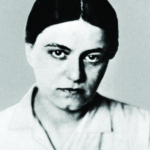
Edith Stein
In summary, Joseph Ratzinger/ Benedict XVI was truly a “scholar-pope.” His leadership style was that of a teacher or confessor of the faith. The gift he brought to the Church was an extensive knowledge of the Catholic intellectual tradition, along with an immersion in modern German philosophy. The latter has been the source of both the best and the worst of contemporary philosophy, viewed from a Christian perspective. On the one side there are philosophers like the Catholics Peter Wust, Edith Stein, Dietrich von Hildebrand, Alfred Delp, SJ, Robert Spaemann, and the Jewish scholar Martin Buber. The inter-war period was a fertile time for Catholic scholarship. German Catholic intellectual life was emerging from the oppression of the Bismarck era and Catholic intellectuals were engaging with the ideas of their opponents. These opponents, on the other side, were Kant, Marx and Nietzsche and to some degree, though not entirely, the very ambivalent Heidegger.
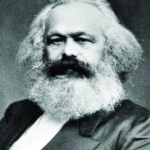
Karl Marx
It’s impossible to understand the current culture wars without including the work of Kant, Marx, Nietzsche and Heidegger and their disciples. Kant completely separated faith and reason, Marx gave priority to praxis over reason, and Nietzsche argued that Christianity was a crime against life itself, offering his own alternative neo-pagan humanism to the humanism of the Incarnation. After the Second World War, the Frankfurt School of Social Theory offered some helpful criticisms of Kant, but further developed Marxian ideas about truth that were far from helpful from a Catholic point of view. The “generation of 1968” was heavily influenced by the Frankfurt School ideology and by Nietzschean-style humanism.
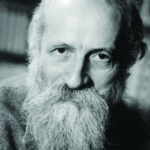
Martin Buber
The great gift of Joseph Ratzinger is that he was completely knowledgeable about all of this. When the storm broke in 1968, he was close to its center at the University of Tübingen in Germany. He had the Marxist Ernst Bloch as one of his academic colleagues. He was not like a typical bishop who, when the words “Frankfurt School” are used, has absolutely no idea of what this means. Cultures are formed by ideas, and the cultural revolution of 1968 – with which the Church is still contending – was built largely on ideas that had their origin in German salons and universities.
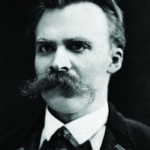
Friedrich Nietzsche
Ratzinger/Benedict also understood that a Christian response to these German ideologies requires something more than a knowledge of the patristics and the scholastics, however valuable they may be. It requires an understanding of personalist philosophy as well. St. Thomas Aquinas had written well about universal human nature, but he had not attended to the relationship between history and ontology. St. John Paul II understood this and set about integrating the ideas of Catholic personalists into the Thomistic framework when he was a professor at the Catholic University of Lublin. Ratzinger had also studied personalist philosophers, in his case Martin Buber, Peter Wust and Theodor Steinbüchel. In his many articles and public addresses, Ratzinger was able to draw together ideas from the patristic heritage, the medieval scholastic heritage, the personalist philosophy of the interwar decades and his knowledge of German intellectual history of the past couple of centuries to defend the Church from wave after wave of intellectual attacks.
He was the great Church Doctor of the twentieth century and in many ways the heir to St. John Henry Newman, whom he beatified, and who was the great Church Doctor of the nineteenth century. When new generations of scholars read Ratzinger, they will find that he left behind a treasury of insights into fundamental theology, liturgical theology, ecclesiology, scriptural hermeneutics, eschatology, Christology and theological anthropology. He also knew and loved the high culture of Christian Europe – its music and architecture and literature – and will no doubt be viewed as one of the great representatives of this culture – which is itself a fusion of the cultural gifts of the Jews, of the classical Greeks and Romans, and of Christian revelation. Ratzinger was no anti-Hellenist! He believed that the great synthesis of faith and reason, represented by the cities of Athens and Jerusalem, was not a mere accident of history, but something providential, something willed by God.
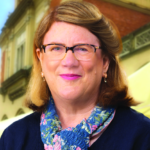 Tracey Rowland, PhD, STL, STD, holds the St. John Paul II Chair of Theology at the University of Notre Dame, Australia. She is the author of eight books, including Culture and the Thomist Tradition (London: Routledge, 2003) and Benedict XVI: A Guide for the Perplexed (London: Bloomsbury, 2010). In 2020 she won the Ratzinger Prize for theology.
Tracey Rowland, PhD, STL, STD, holds the St. John Paul II Chair of Theology at the University of Notre Dame, Australia. She is the author of eight books, including Culture and the Thomist Tradition (London: Routledge, 2003) and Benedict XVI: A Guide for the Perplexed (London: Bloomsbury, 2010). In 2020 she won the Ratzinger Prize for theology.

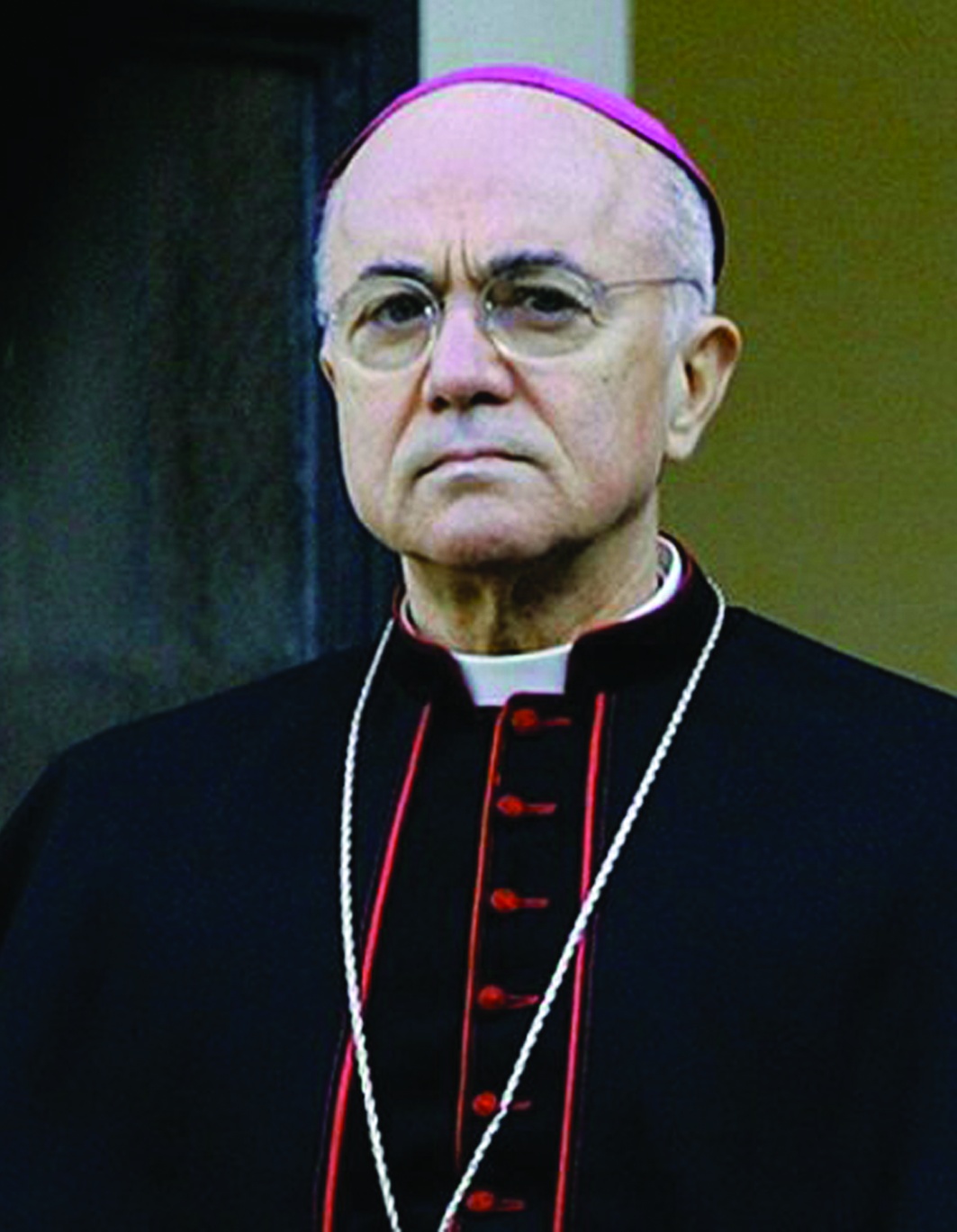
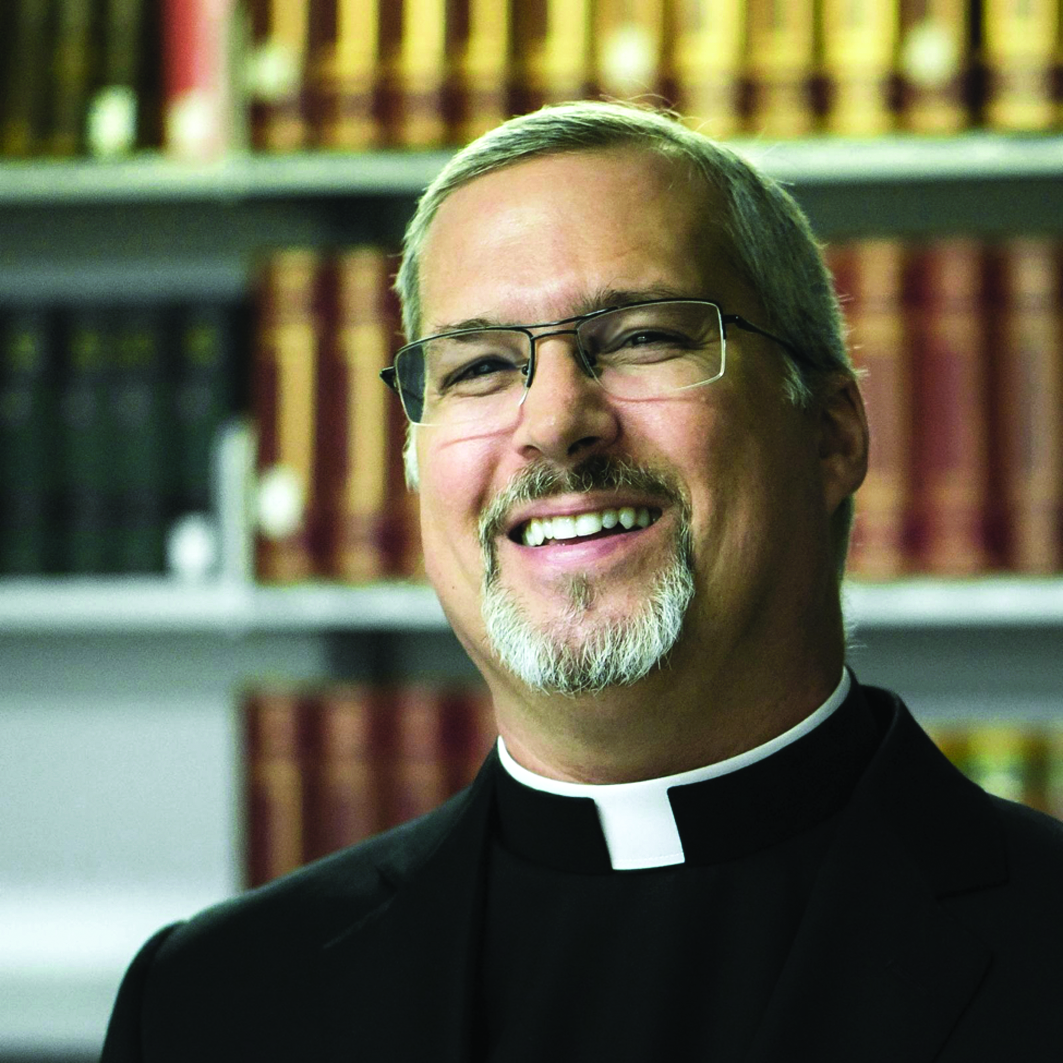

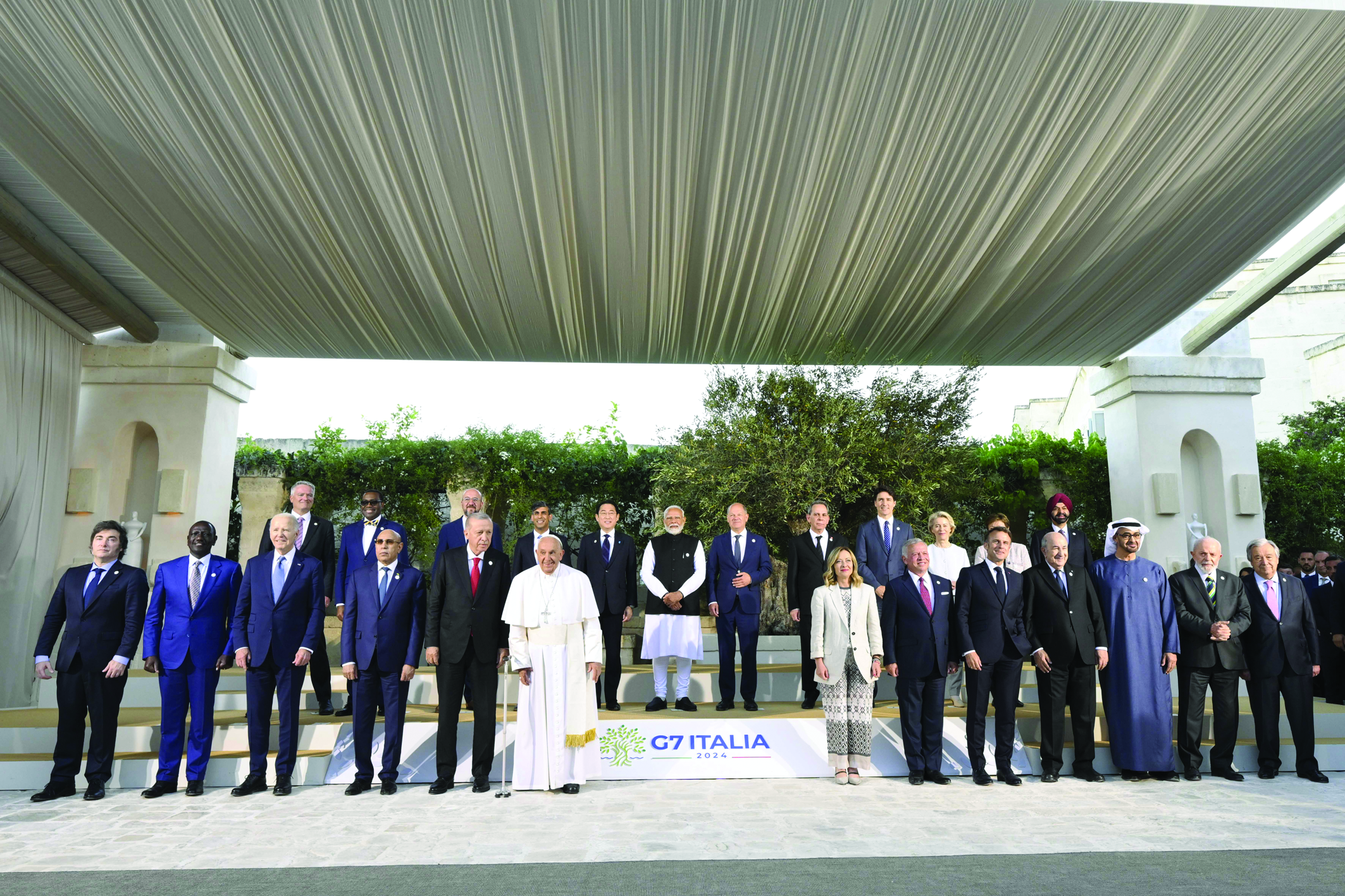
Facebook Comments